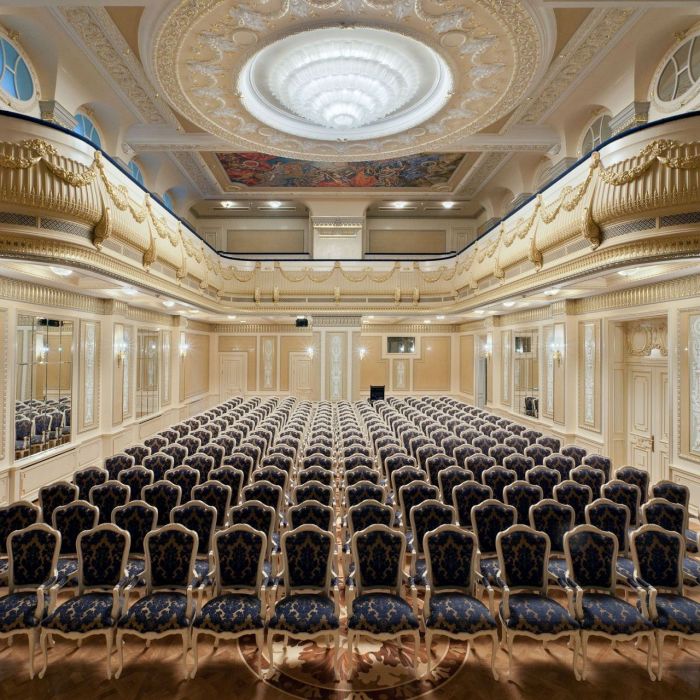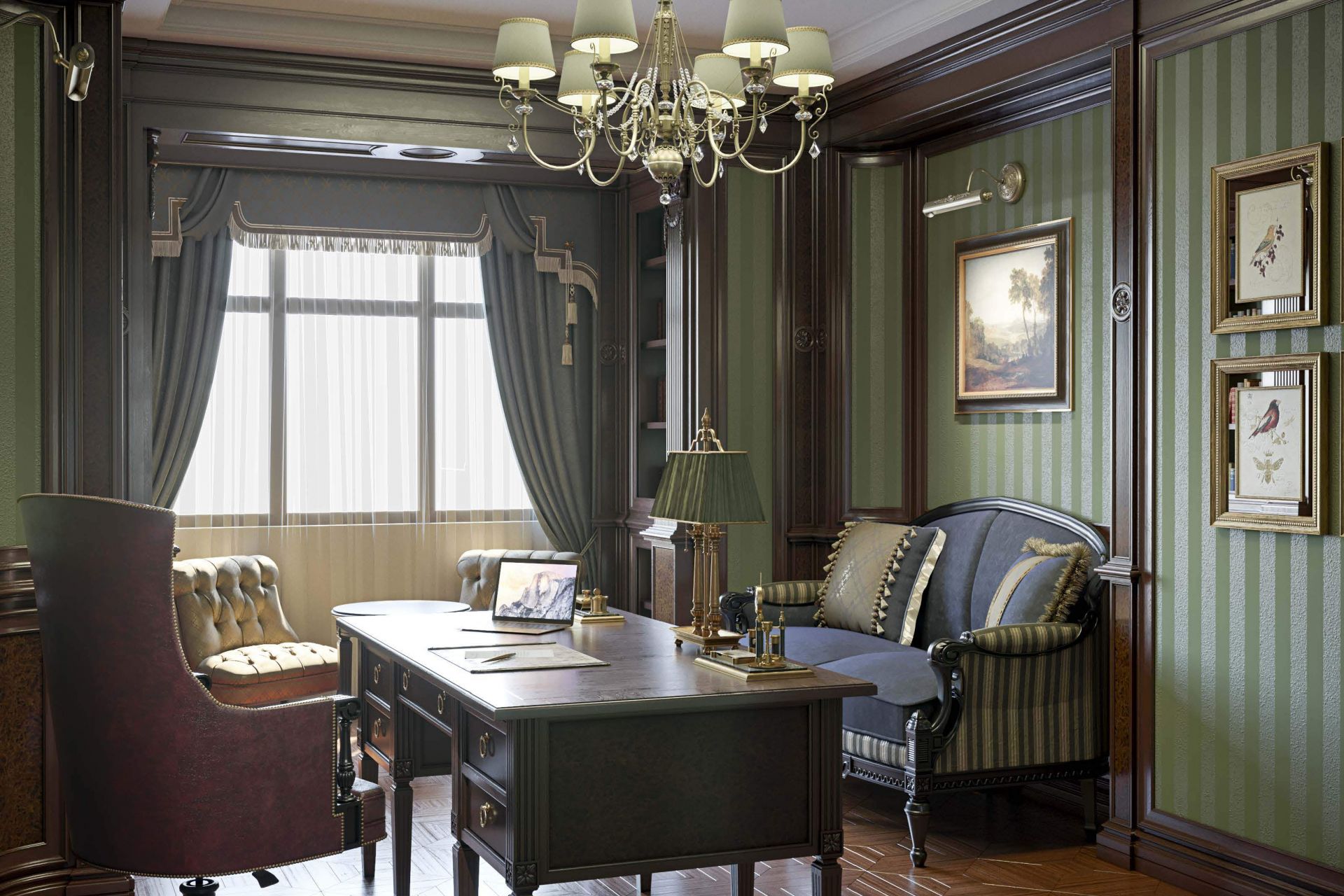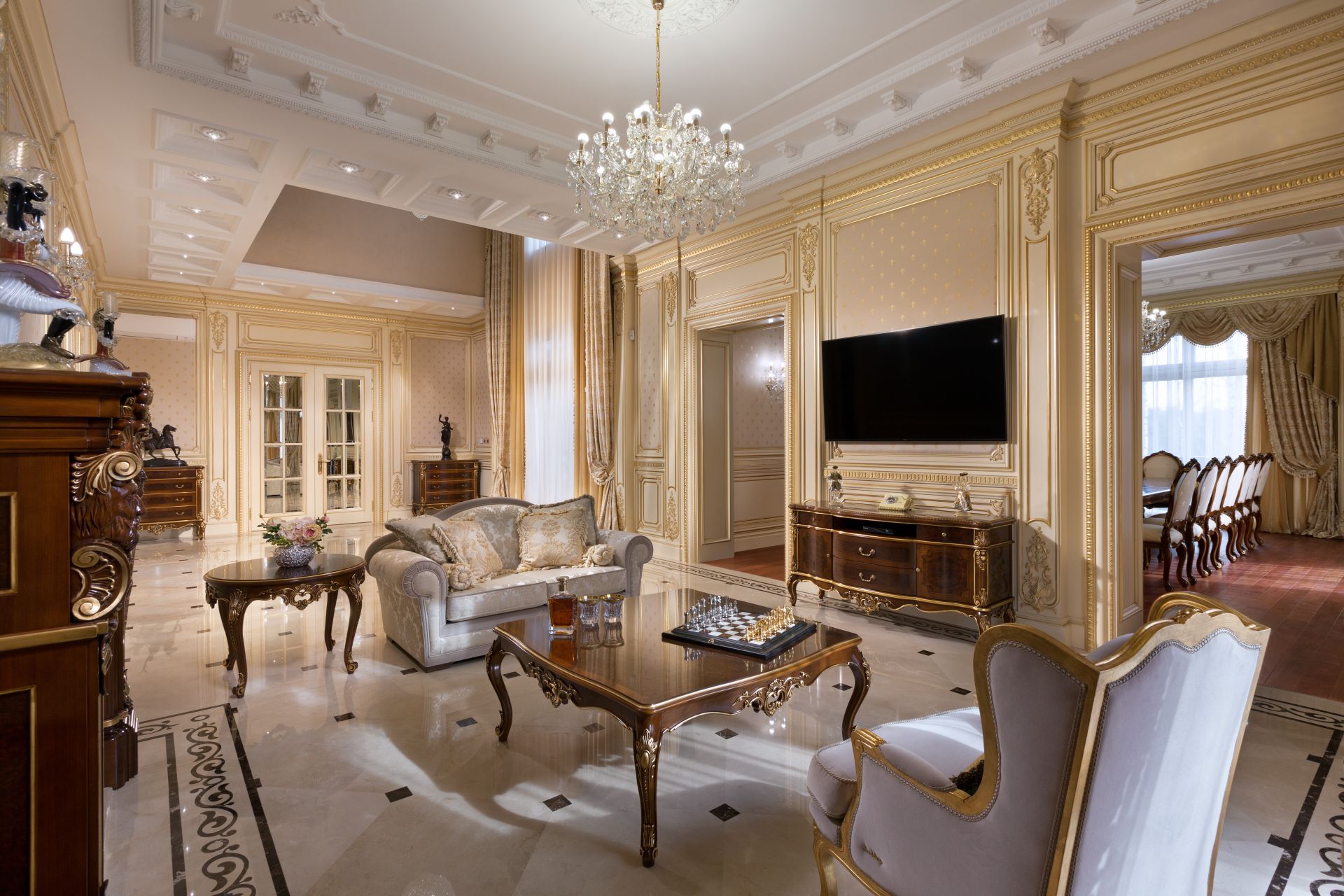Wall drapery in a room interior is a fashion that has come from European countries of 17th century. Elite houses and castles of the Middle Ages were decorated with textile cloths, which imparted incredibly expensive and stylish look to a room.
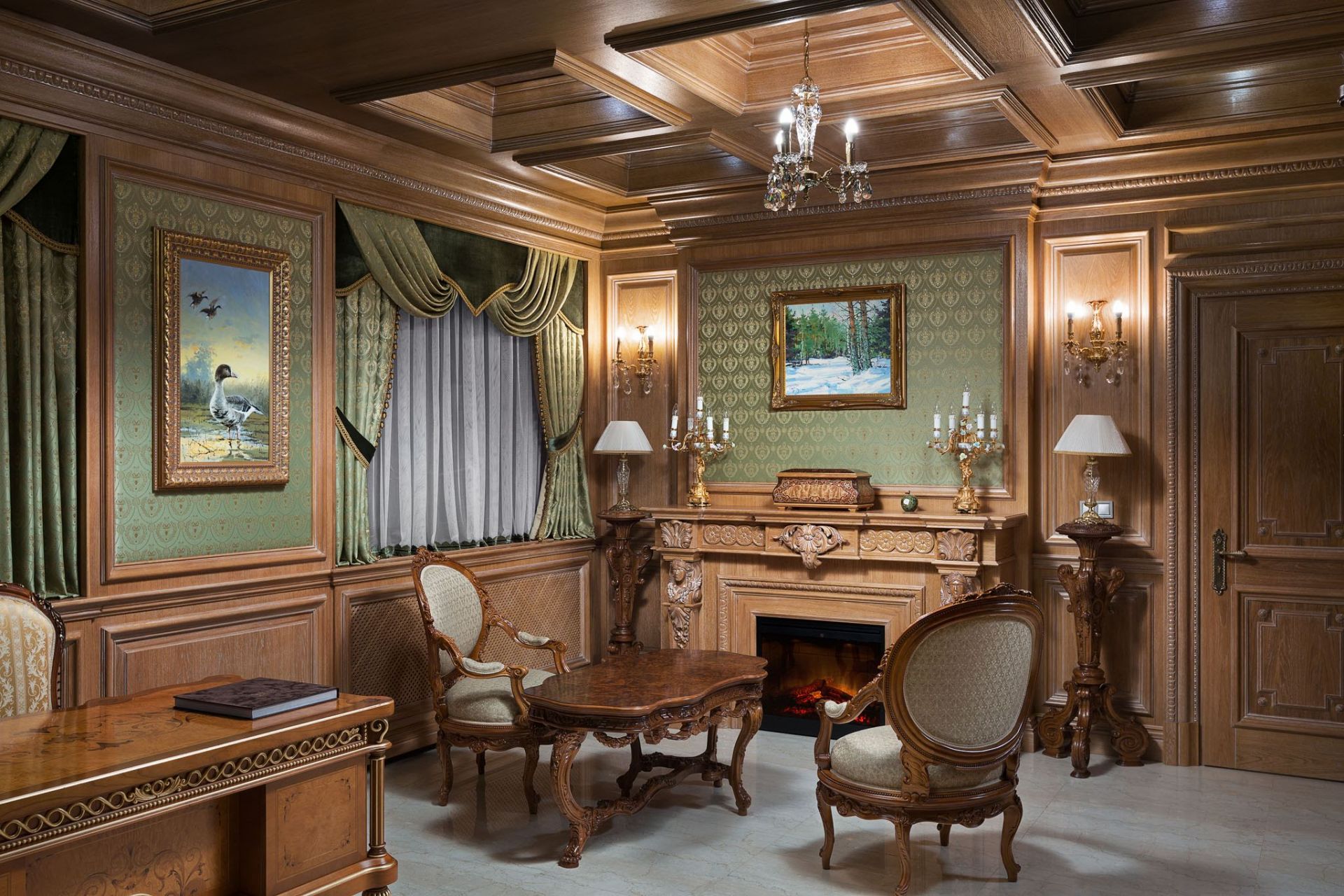
Today, wall drapery is a paper web covered with textile fibers on the front side. Drapery texture depends on the type of material:
- Linen draperies look natural and quite spectacular. They are not inclined to collect dust on their surface. Flax is great for drapery in children's rooms or studies.
- Silk looks luxurious in studies and bedrooms in the Provence or Empire style.
- Jute is undemanding in care, resistant to mechanical damage and sunlight. It emphasizes such styles as the Country and the Eco.
- Felt is the most popular. However, it is not advised to apply in rooms subject to influence of various aromas and smells, since the material actively absorbs them.
- Velour drapery looks like a tapestry and velvet. It is very demanding in care and mostly is being used in bedrooms.
- The Japanese Lawn is for those who love Japanese style in an interior. This type of drapery is made by fixing fiberglass yarns on a paper base.
- Jacquard is an original material with dense base, an important feature of which is resistance to glue. Due to this, the pattern texture is being preserved in the best way.
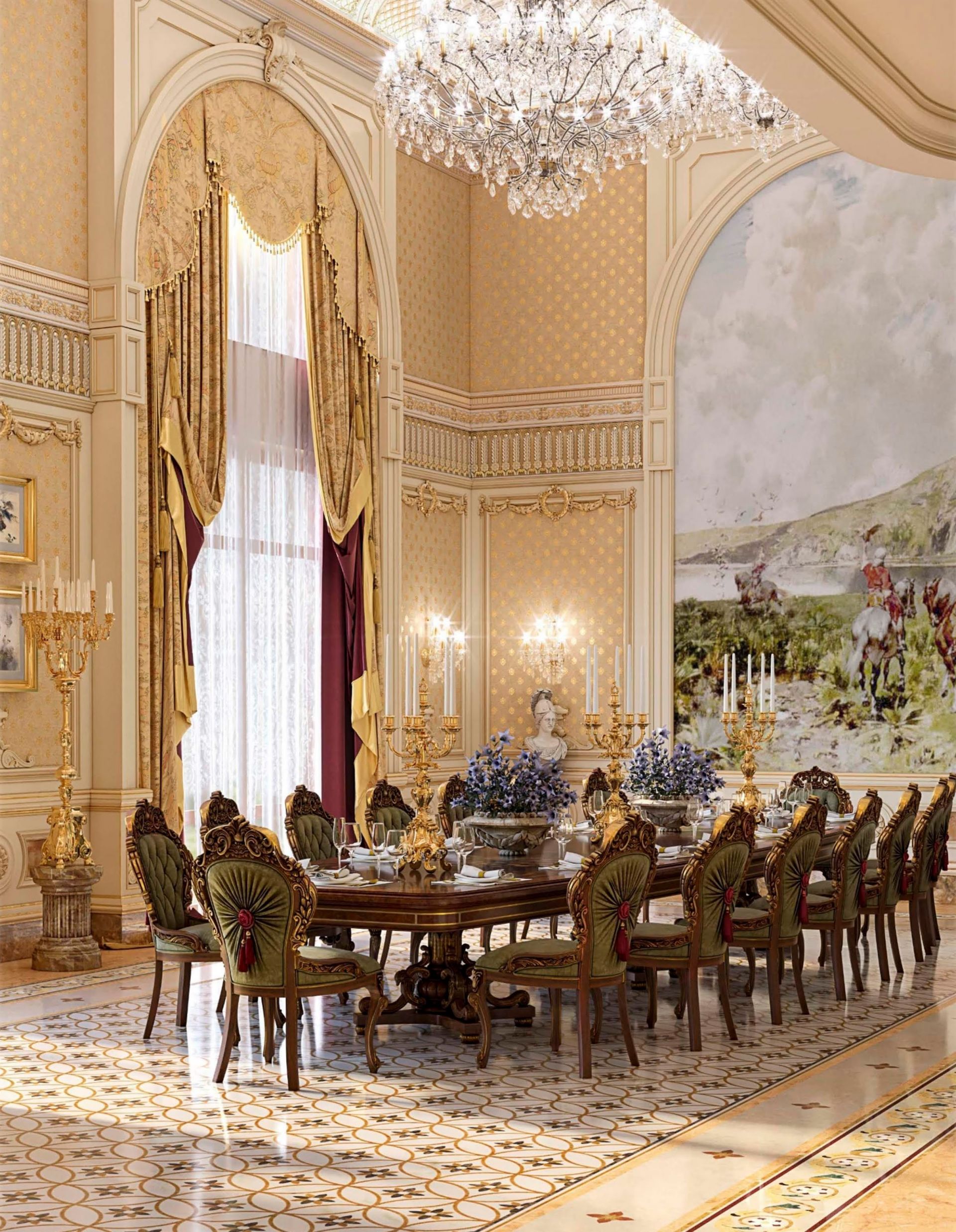
Wall draperies made of synthetic material have significant advantages. They have high sound and heat insulation properties. It is elastic and, at the same time, soft to the touch material at a reasonable price. This drapery will help to hide minor irregularities on a wall surface and even its curvature.
Wall drapery specifics
Any fabric absorbs odors and vapors, so wall drapery is not recommended for a kitchen. However, textiles in a hall or bedroom will impart home warmth and coziness to an interior. Textile cloths of various densities, colors and textures look much richer and more saturated than usual paper and vinyl wallpapers. Besides, with proper care, textile coating retains its original appearance for much longer.
Unlike wallpapers, textile draperies require special attention. They must be regularly vacuumed and wet cleaned. As to the process of applying to walls, it is no different from applying vinyl coatings.
Advantages of a drapery
The main and only drawback of wall drapery is relatively high price. However, modern manufacturers reduce the cost of production through the use of synthetic fibers.
The advantages of wall drapery are determined not only by high aesthetic criteria, but also by:
- service life;
- environmental friendliness;
- porosity.
As to a cost, wall draperies do not have clear criteria. The price depends on the type of fiber, density and type of cloth, whether it in one piece or in a roll.
The work of applying wall drapery requires strict observance of all the specifics of this process considering differences in tonality of texture elements, play of light and shadow, and other important nuances. This is a very difficult process that requires attention from experienced and professional craftsmen. If the drapery is applied correctly, it will not fail the expectations of expensive interiors admirers.
